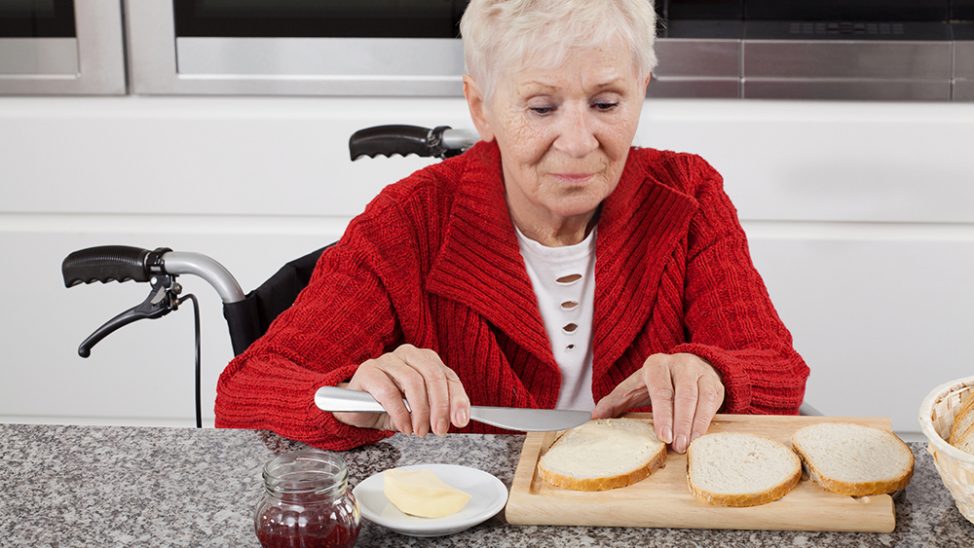Food insecurity is a real problem and one that unfortunately many major adults are facing every day. Those adults who are malnourished experience 50% higher rates of hospital readmissions. Malnutrition increases risks of complications and mortality during the hospital stay and can lead to increased length of stay, poor recovery, and repeated health care-related visits. The cost of disease-associated malnutrition is estimated to be $51.3 billion per year (1) and thus older adult malnutrition has become an area of growing concern in America.
As the senior’s population continue to grow and live longer, this issue is not stopping or slowing down, unfortunately, it continues to increase. According to the Centers for Disease Control and Prevention, life expectancy for all races increased from 73.7 to 78.8 between 1980 and 2013. By the year 2030, there will be 74 million adults aged 65 and older (2). Nutrition status can be directly affected with aging due to physiological, functional, and social changes.
Research has shown that seniors experiencing some form of food insecurity are:
- Significantly more likely to have lower intakes of energy and vitamins.
- Significantly more likely to be in poor or fair health.
- More likely to have limitations in activities of daily living.
The concern is greater because elderly persons possess unique nutritional and health characteristics from people in other age groups, and the phenomenon of food insecurity is also unique in this population. As observed across different age groups, sociodemographic and economic factors, such as poverty, low education, and race-ethnicity, limit the resources available for household food acquisition. As research suggest, older minorities are more likely to be at risk of food insecurity than nonminority. The issue here is that older minorities are becoming an increased proportion of elderly persons.
It is important to take into consideration that food insecurity results from more than the constraints of financial resources in elderly persons. Other reasons include loneliness, depression, loss of appetite and even loss of interest in food due to the burden associated with preparing food which ranges from meal planning, grocery shopping, prepping, cooking, and then cleaning the kitchen and utensils.
Functionally impaired elderly persons who have adequate social supports to prepare and cook may maintain adequate food intake. Elderly persons who live with a spouse or others may compensate for their inadequate food intake problems compared with those living alone. It is important to consider social supports in understanding the effects of functional impairments on inadequate food intake and food insecurity.
It is no secret that functional impairments are related to the special nature of food insecurity among elderly persons. In comparison with other age groups, food insecurity in elderly persons includes not only limited food affordability, availability, but also accessibility. Food-insecure elderly persons are those who have multiple problems that prevent them from achieving nutritional well-being. They are more likely to participate in food assistance programs designed to ameliorate their problems than food-secure elderly persons. Therefore, nutrition programs should recognize and provide services to cover those needs.
References
1. Snider JT, Linthicum MT, Wu Y, et al. Economic burden of community-based
disease-associated malnutrition in the United States. JPEN J Parenter Enteral Nutr.
2014;38(2 Suppl):77S-85S.
2. The Malnutrition Quality Collaborative. National blueprint: achieving quality malnutrition care for older adults. http://defeatmalnutrition.today/files/1614/9027/0221/MQC_Blueprint.pdf. Published March 2017.

